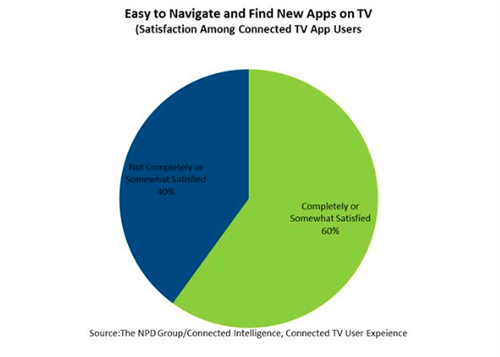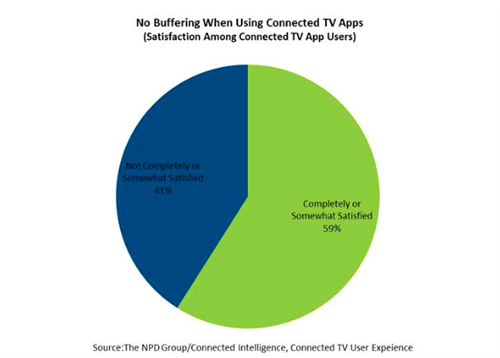Consumer TV viewing habits continue to shift towards an always-on, streaming-centric solution and the networks are quickly jumping in with a multitude of viewing apps. So is it business as usual for the networks as they attempt to satisfy the mobile-hungry consumer’s appetite? Perhaps not, because the latest apps are being developed for connected TVs, rather than a previous focus on mobile, thanks to major device launches such as Amazon’s Fire TV, Chromecast, and the Xbox One. And more to the point, it’s the networks themselves that are jumping into the game.
A tipping point has been reached, as there is now an audience that is large enough to matter, and viewership measurement is on the cusp that will enable networks to better monetize digital advertising options. But while viewers are ready for primetime streaming, two challenges stand between them and the new world of TV channel apps: discovery and apps that always work.
It’s been roughly five years since pay TV operators and networks began launching TV Everywhere apps, and devices such as Apple TV and Samsung Smart TVs became available. Even so, 40 percent of TV app users say they are less than somewhat satisfied with the ease of finding new apps and channels. Indeed, word of mouth is still the most popular source for finding new apps, rather than any on-device “smarts.”

For example, according to the new Connected TV User Experience report, 41 percent of TV app users say they discover apps through recommendations, where 24 percent cite browsing the device marketplace, and just 10 percent learn about new apps/channels through TV and radio ads. The mere fact that TV ads represent such a low share of app awareness highlights a significant opportunity to build the audience by cross-marketing the network broadcast and app experience similar to how HBOGO and the WWE Network have recently been promoted.
It’s been a long time since we’ve needed to adjust an antenna to get a better signal on our TV. But while the antenna may be long gone, today’s streaming user is still plagued with similar problems: these days it’s not static running through the screen, but rather mid-viewing buffering issues. During the season premiere of Game of Thrones, the HBOGO service appeared to be overloaded during its linear TV broadcast, resulting in that dreaded spinning wheel. While a portion of this GO audience was using mobile devices, many viewers opted to use HBOGO on their TV instead of the network broadcast. This represents a significant shift in consumer habits from broadcast, on-demand, and DVR towards the use of TV apps.

There are numerous points in the distribution chain where buffering challenges can be mitigated. The device plays a role; consider the Amazon Fire TV which is loaded with a 1.7 GHz quad core processor in part to facilitate more seamless content delivery. At the root, network servers need to withstand the rapidly growing audience capacity, the Internet’s backbone routers in the core face considerable strain and more consumers need to consider faster broadband packages to obtain a better viewing experience.
The world of TV apps viewers reached critical mass. Further growing the audience for a given channel or event now resides in fostering discovery and seamless content delivery. As more viewers use network TV apps the infrastructure must be in place to meet the demand or new apps risk being dead on arrival. Putting tin foil on the antenna will not stop that buffering wheel from spinning.
For more on this topic, please see our recent press release about the channels that TV app users cite as most important to their viewing experience.